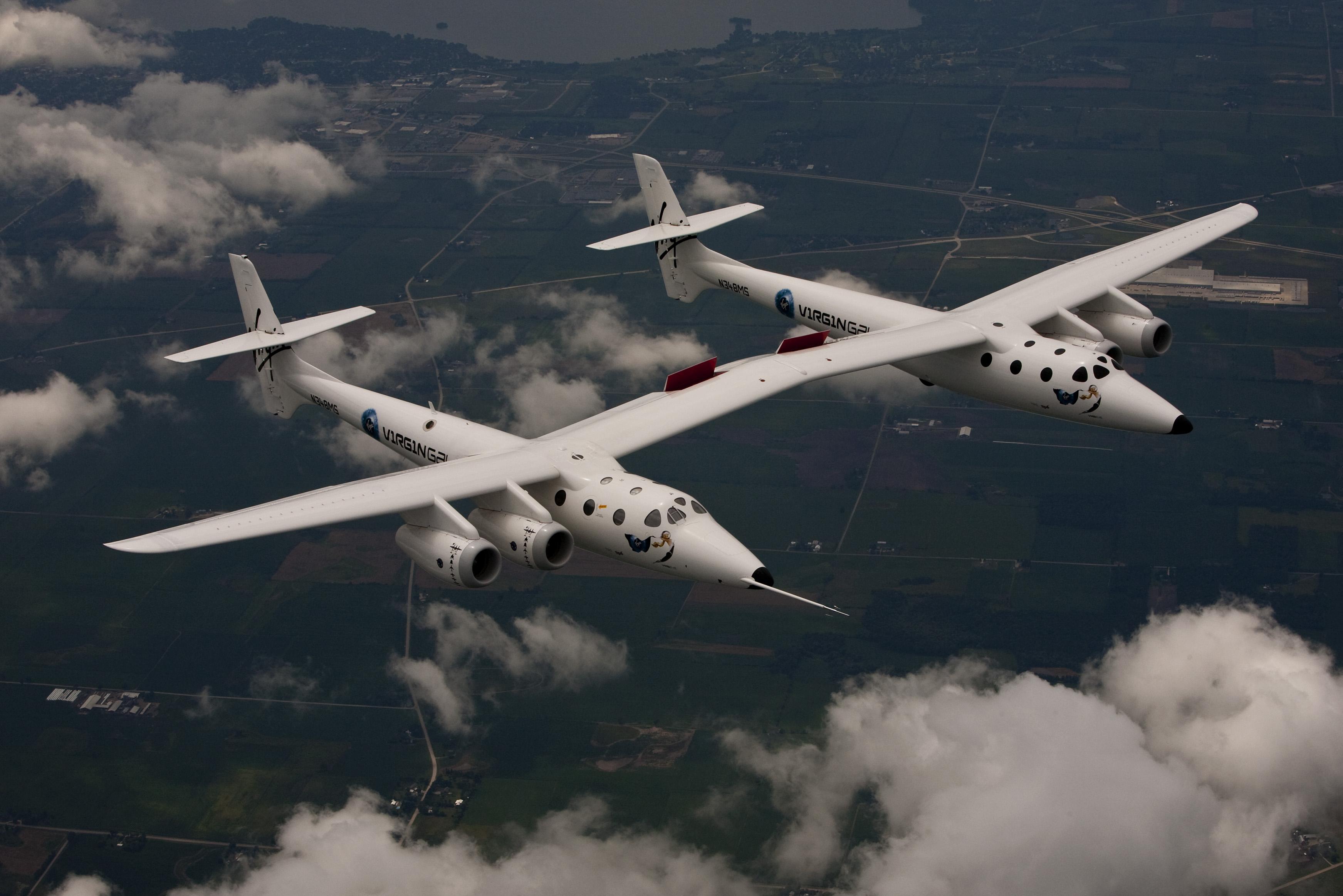
Credit: Virgin Galactic
Virgin Galactic says electromagnetic interference (EMI) issues that stalled suborbital tests of its SpaceShipTwo Unity have been resolved, but the spaceplane’s return to flight could be further delayed by a newly discovered maintenance issue on Eve, the company’s WhiteKnightTwo carrier aircraft...
Subscription Required
This content requires a subscription to one of the Aviation Week Intelligence Network (AWIN) bundles.
Schedule a demo today to find out how you can access this content and similar content related to your area of the global aviation industry.
Already an AWIN subscriber? Login
Did you know? Aviation Week has won top honors multiple times in the Jesse H. Neal National Business Journalism Awards, the business-to-business media equivalent of the Pulitzer Prizes.

